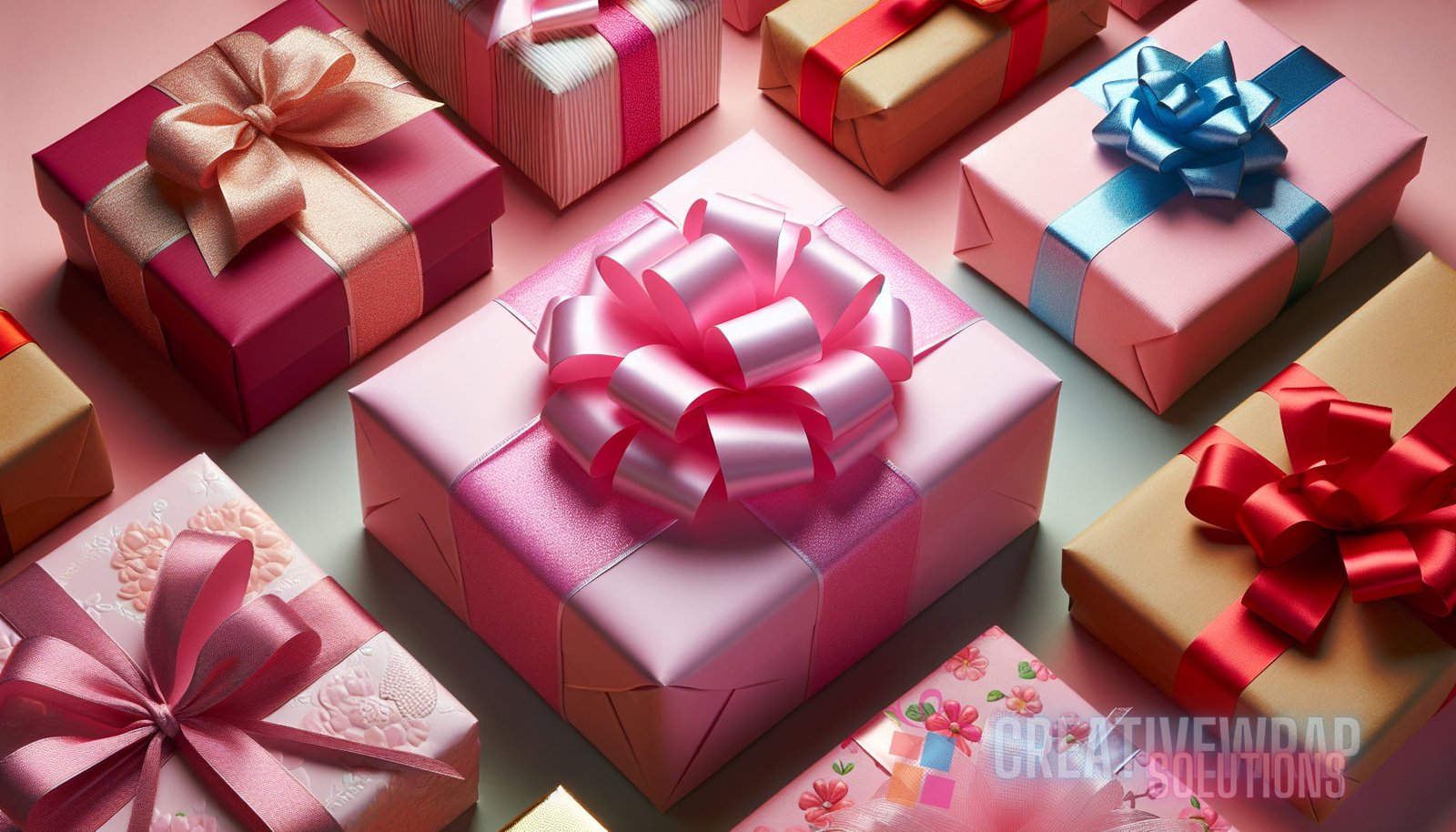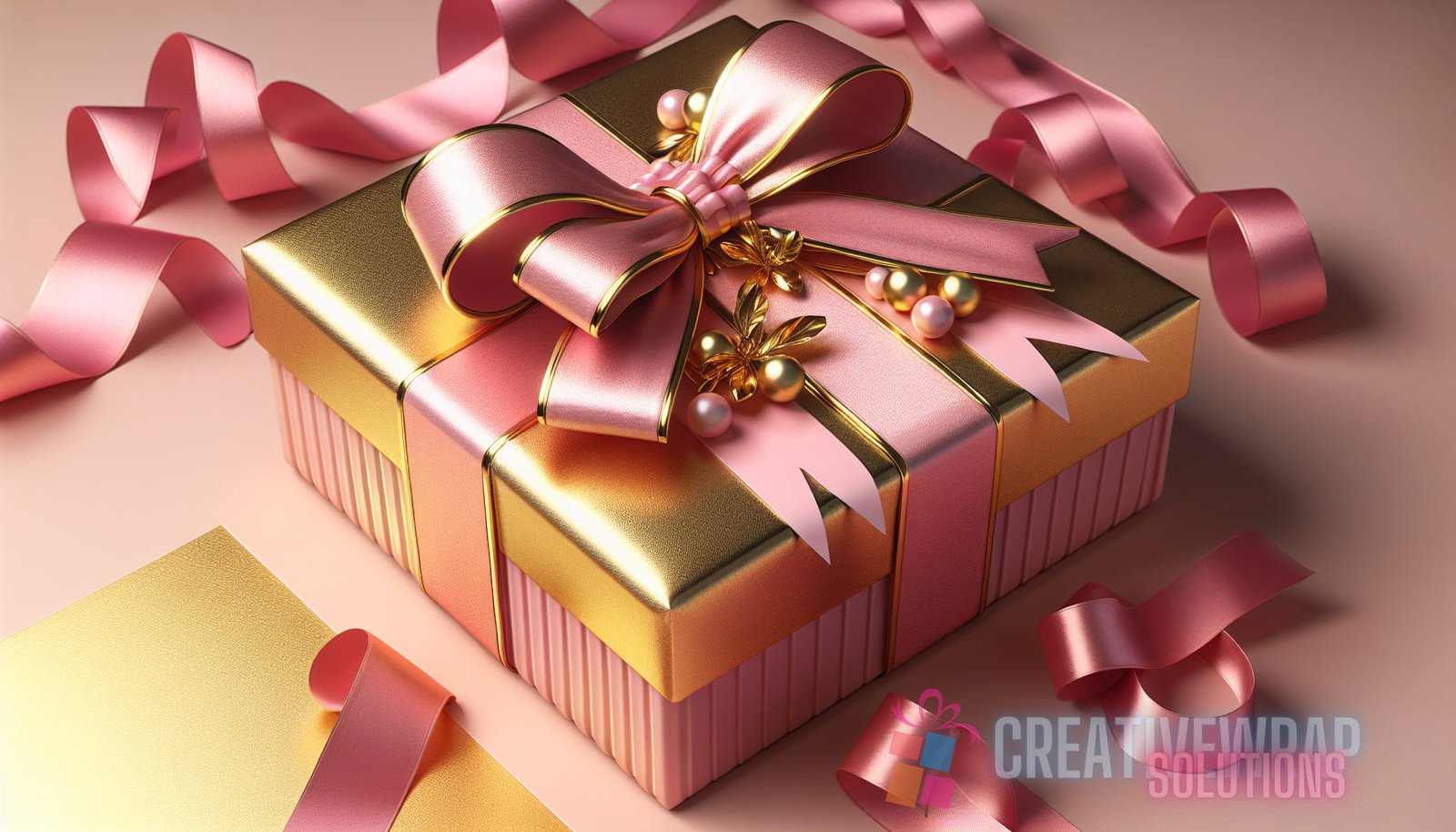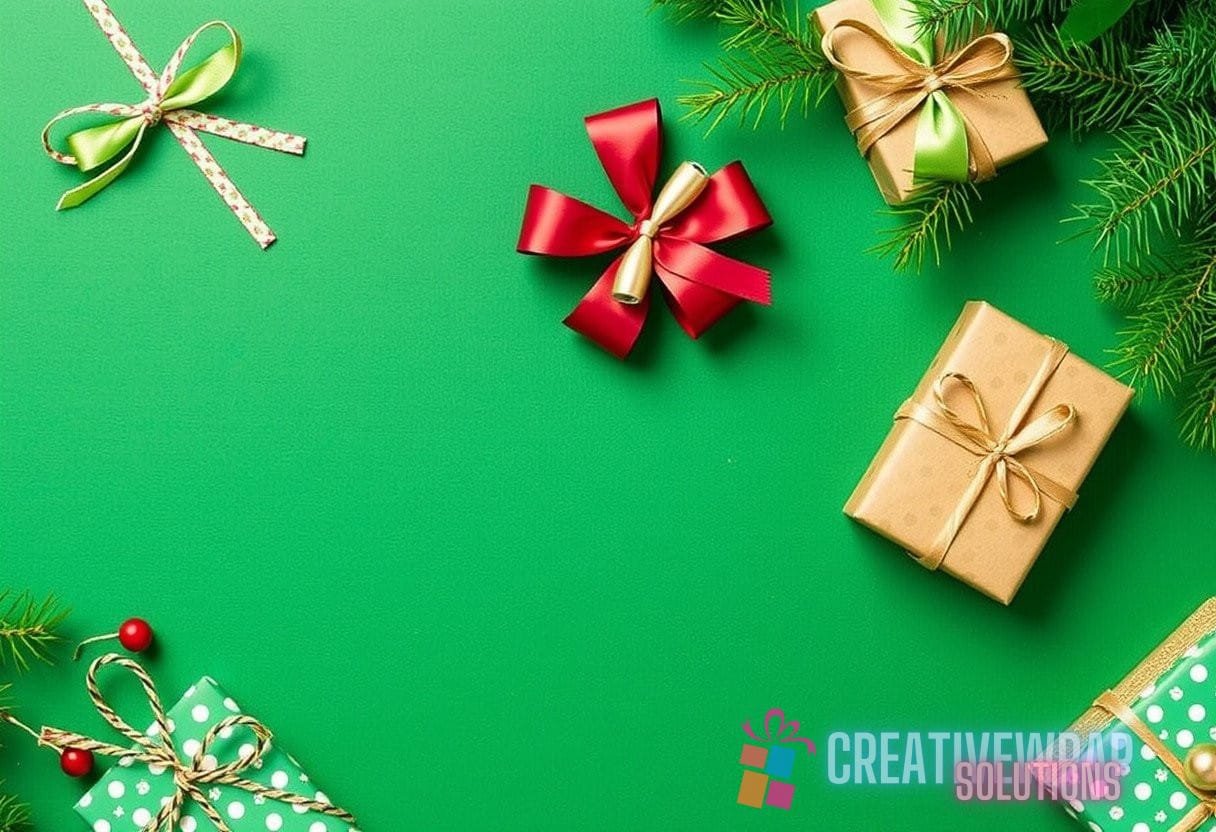Introduction
Gift wrapping is an art form that allows us to add a personal touch to the act of giving. From choosing the perfect paper to tying a beautiful bow, every detail plays a role in making a gift memorable. But have you ever considered the impact of color on gift wrapping? The combination of colors we choose can have a profound psychological effect on the recipient. In this guide, we will explore the fascinating interplay of colors on gift wrapping and delve into the psychological effects they can have on gift recipients. By understanding the gift psychology behind color choices, you can create a truly impactful gift-giving experience.
Why Colors Matter
Colors have long been recognized for their ability to evoke emotions and affect our psychological state. They can influence our mood, emotions, and even our behavior. When it comes to gift wrapping, understanding the psychology of color can help you create a gift that conveys the right message and elicits a positive response from the recipient. Whether you want to create excitement and anticipation or evoke feelings of calm and relaxation, the colors you choose can play a significant role.
Color Meanings and Symbolism
Each color has its own distinct meaning and symbolism. By understanding these meanings, you can select colors that align with the message you want to convey through your gift. Let’s explore the psychological effects of different colors:
Red
Red is a powerful and attention-grabbing color. It is associated with energy, passion, and love. When used in gift wrapping, red can create excitement and anticipation, making it an ideal choice for special occasions and celebrations. The color red has been shown to increase heart rate and stimulate appetite, which can add an extra level of excitement to the gift-giving experience.
Blue
Blue is often associated with feelings of calmness and tranquility. It has a soothing effect on the mind and body and is known to reduce stress and anxiety. When used in gift wrapping, blue can create a sense of serenity and relaxation. It is a great choice for gifts that are meant to convey a sense of comfort and peace.
Yellow
Yellow is a color that symbolizes happiness and optimism. It is associated with sunshine and warmth, evoking feelings of joy and positivity. When used in gift wrapping, yellow can bring a sense of cheerfulness and brightness to the recipient. It is particularly suited for gifts that are meant to spark happiness and lift spirits.
Green
Green is often associated with nature and represents growth and renewal. It is a color that promotes balance and harmony. When used in gift wrapping, green can create a sense of freshness and vitality. It is a great choice for gifts that are related to nature, health, and well-being.

Pink
Pink is often associated with femininity and tenderness. It is a color that symbolizes love, compassion, and nurturing. When used in gift wrapping, pink can create a sense of warmth and affection. It is a popular choice for gifts that are meant to express love and appreciation.
Purple
Purple is a color that is often associated with royalty and luxury. It represents creativity, spirituality, and wisdom. When used in gift wrapping, purple can add an element of elegance and sophistication. It is a great choice for gifts that are meant to convey a sense of luxury and prestige.
Orange
Orange is a color that represents enthusiasm, vitality, and adventure. It is associated with energy and excitement. When used in gift wrapping, orange can create a sense of enthusiasm and anticipation. It is a great choice for gifts that are meant to inspire creativity and adventure.
The Psychological Effects of Color Combinations
While individual colors have their own distinct meanings, the way colors are combined can also have a significant psychological impact. Here are some common color combinations and their psychological effects:
Red and White
The combination of red and white creates a strong contrast that is often associated with passion and purity. It can evoke feelings of excitement and anticipation while also conveying a sense of innocence and purity. This color combination is often used during the holiday season to create a festive and joyful atmosphere.
Blue and Silver
The combination of blue and silver creates a cool and calming effect. It is often associated with winter and is commonly used during the holiday season. This color combination evokes feelings of tranquility and elegance, making it a great choice for gifts that are meant to convey a sense of calmness and sophistication.
Yellow and Green
The combination of yellow and green creates a bright and vibrant effect. It is often associated with nature and represents growth and renewal. This color combination evokes feelings of freshness and energy, making it a great choice for gifts that are related to health and well-being.

Pink and Gold
The combination of pink and gold creates a luxurious and glamorous effect. It is often associated with femininity and represents love and affection. This color combination evokes feelings of warmth and elegance, making it a great choice for gifts that are meant to express love and appreciation.
Tips for Choosing the Right Colors
Now that we have explored the psychological effects of different colors and color combinations, let’s dive into some tips for choosing the right colors for your gift wrapping:
- Consider the occasion: Think about the occasion for which you are giving the gift. Is it a birthday, a holiday, or a special celebration? Different occasions may call for different colors and color combinations.
- Consider the recipient’s personality: Take into account the recipient’s personality and preferences. Are they energetic and outgoing, or more calm and reserved? This can help guide your color choices.
- Consider the message you want to convey: Think about the message you want to convey through your gift. Do you want to express love and affection, or create excitement and anticipation? This can help you select colors that align with your desired message.
- Experiment with color combinations: Don’t be afraid to experiment with different color combinations. Mixing and matching colors can create unique and eye-catching gift wrapping designs.
By considering these tips and understanding the psychology of color, you can create gift wrapping that not only looks beautiful but also conveys the right message to the recipient.
Conclusion
In conclusion, the interplay of colors on gift wrapping can have a powerful psychological effect on gift recipients. Each color has its own distinct meaning and symbolism, and the way colors are combined can further enhance their psychological impact. By understanding the psychology of color and considering the occasion, the recipient’s personality, and the desired message, you can create gift wrapping that elicits a positive response and adds an extra level of meaning to your gift. So, the next time you wrap a gift, take a moment to consider the colors you choose, and let the psychology of color enhance your gift-giving experience.
Resources:
For more information on gift wrapping techniques, check out the following articles:
- “Gift Wrapping Mastery: The Ultimate Guide to Perfectly Wrapped Presents.”
- “Craft Stunning DIY Gift Bags: Step-by-Step Tutorial for Unique Gift Wrapping.”
You can also find more information on the psychology of color on Wikipedia.


